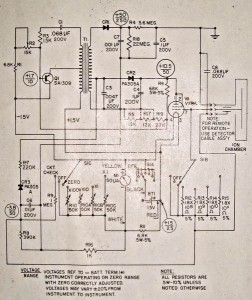The CD V-717 was designed for use in fallout monitoring stations, having the exact same operating characteristics as the CD V-715 but with an added feature – a removable bottom with a 7.5 meters extension cable. The detector element (ion-chamber) is mounted inside the removable bottom, allowing the placement of the detector element outside of the shelter area while the metering section of the metering unit would remain inside of the shelter area connected to the detector with the long cable. Because of the extension cable container, the unit is considerable bigger in size than the CDV-700.
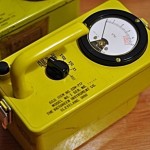
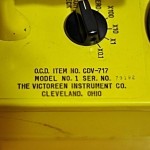
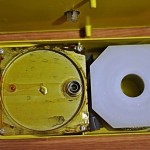
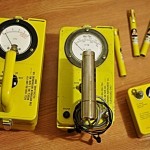
The CD V-717 is a very high-range gamma radiation detecting instrument, that uses a ion chamber (so not a Geiger counter!). It was designed for use by radiological monitors for the major part of their operation in the period following an attack, and intended for surface monitoring survey (although could be use for aerial measurements as well). The ranges of this instrument are 0-0.5, 0-5, 0-50 and 0-500 roentgens/hour. A popular joke says this device indicates how dead you already are. When properly calibrated, the response of this instrument is within the range of plus or minus 20 percent of the true gamma radiation dose from a Co60 or Cs137 radioactive source.
The detector element is a ionization chamber, that consists of a gas-filled chamber with two electrodes; known as anode and cathode. The electrodes in the CDV-717 are in the form of a cylinder arrangement with a co-axially located internal anode wire. A voltage potential is applied between the electrodes to create an electric field in the fill gas. When gas between the electrodes is ionized by incident ionizing radiation, Ion-pairs are created and the resultant positive ions and dissociated electrons move to the electrodes of the opposite polarity under the influence of the electric field. This generates an ionization current which is measured by an electrometer circuit. The electrometer must be capable of measuring the very small output current which is in the region of femtoamperes to picoamperes, depending on the chamber design, radiation dose and applied voltage.
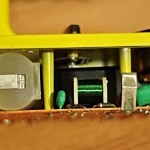
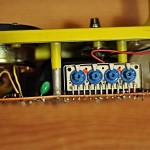
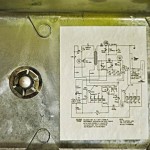
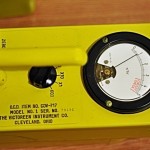
There is a manual available online here and more resources on the civildefensemuseum website or on orau.org. Some additional details on the ionization chambers can be read here.

